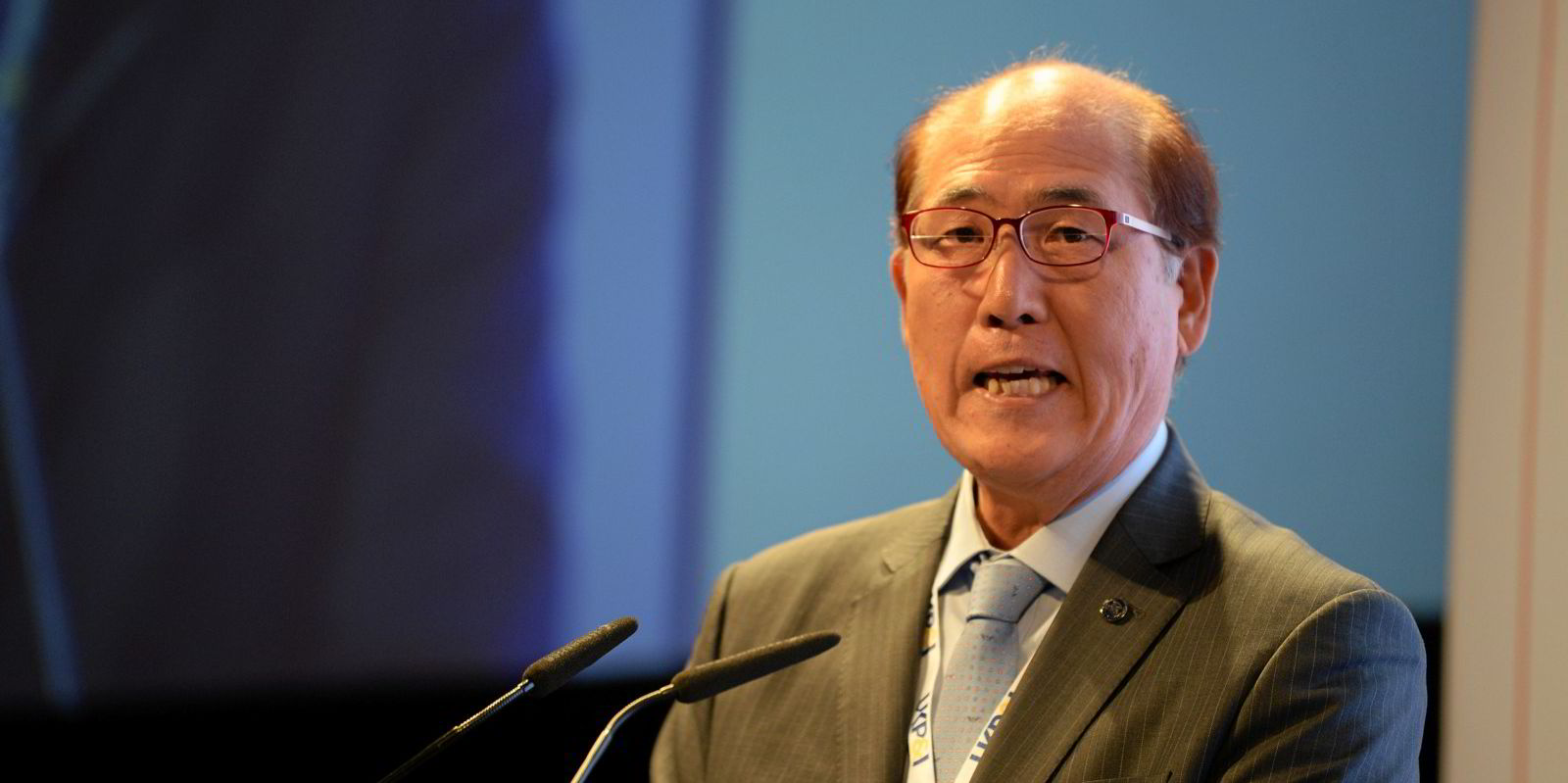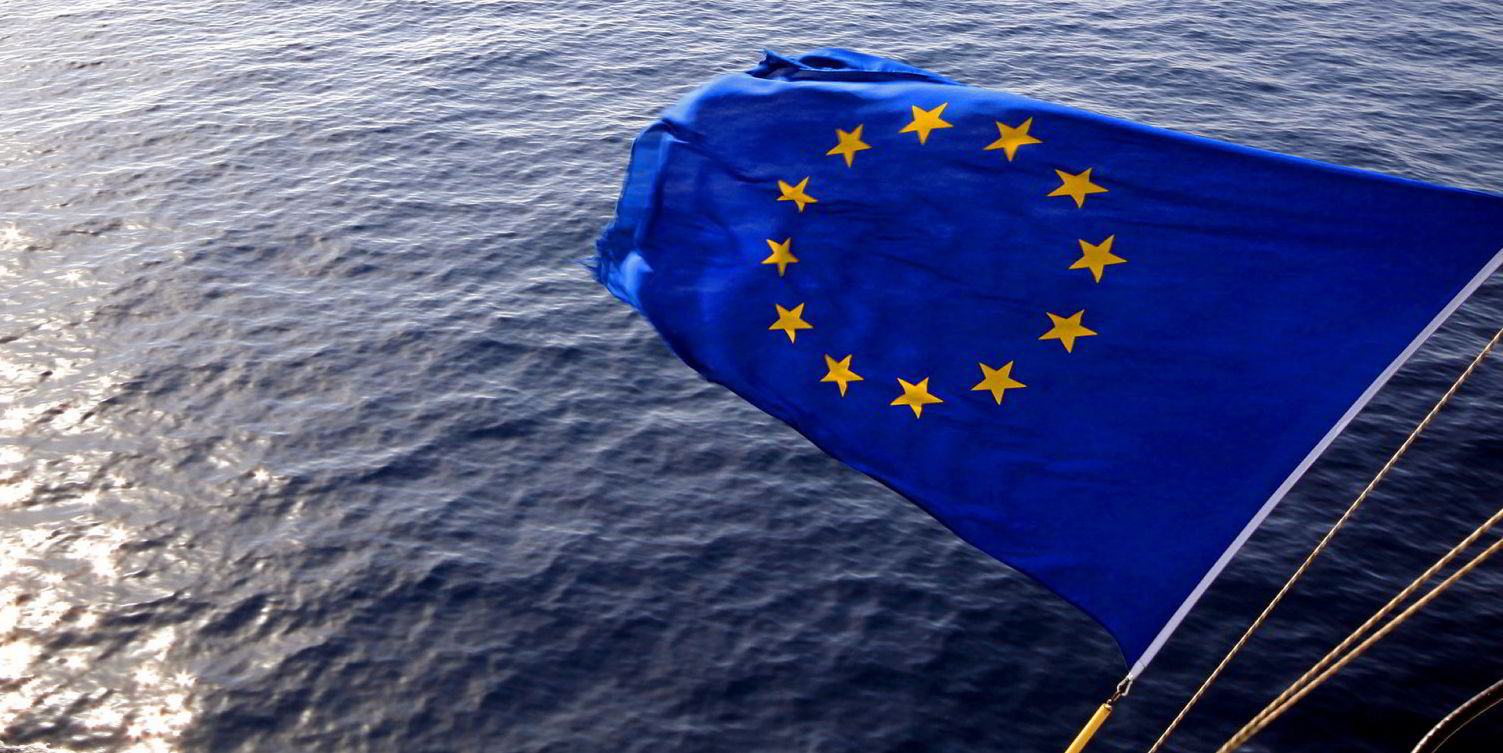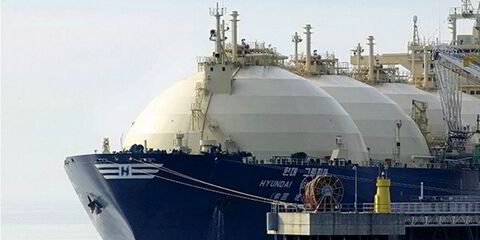The International Maritime Organization has formally adopted rules aimed at cutting shipping emissions while promising more work is on the way.
The new rules, derided by many as weak amid a push for the United Nations-backed regulator to aim higher, were hashed out at this week's Marine Environment Protection Committee meeting and intends to reduce the industry's carbon intensity by 40% by 2030.
"The path to decarbonisation is a long, but also a common path in which we need to consider and respect each other’s views," IMO secretary-general Kitack Lim said.
"We have made a considerable amount of progress since the start of our journey."
The new rules require ships to calculate their Energy Efficiency Existing Ships Index as a means of establishing their carbon-intensity indicator and rating.
From there, ships will receive a rating of A to E, with A being the best and recorded in the ship's Ship Energy Efficiency Management Plan. Those rated D for three consecutive years or E are required to submit a corrective action plan to get to a C rating or better.
The decision largely stays the course laid out previously by the IMO, although the US and European Union had pushed for deeper cuts.
After the plan was agreed on Tuesday, many in the industry expressed disappointment.
Torvald Klaveness chief executive Lasse Kristoffersen said the rules were already outdated, while Precious Shipping chief executive Khalid Hashim said it was better than no move at all — and that outside action could prod the IMO.
The EU is set to add shipping to its emissions trading system, while the US could pursue something similar, although domestic politics could prove an obstacle.
In the IMO's announcement, the regulator did say there was room for revision — beginning in 2023.
The $100 per tonne of CO2 equivalent on heavy fuel oil pitched at the meeting would be considered later on, the IMO said.
"Concessions have been made on all sides in the interest of securing the framework we have in place," Lim said.
"Agreement on the work plan sends the signal that the organization and its member states are ready to further consider the current and future proposals for mid-term measures.
"We need to gear up work relating to the various phases of the work plan in order to give efficient and adequate consideration to concrete proposals for the reduction of greenhouse gases in keeping with our goals in the initial strategy."






